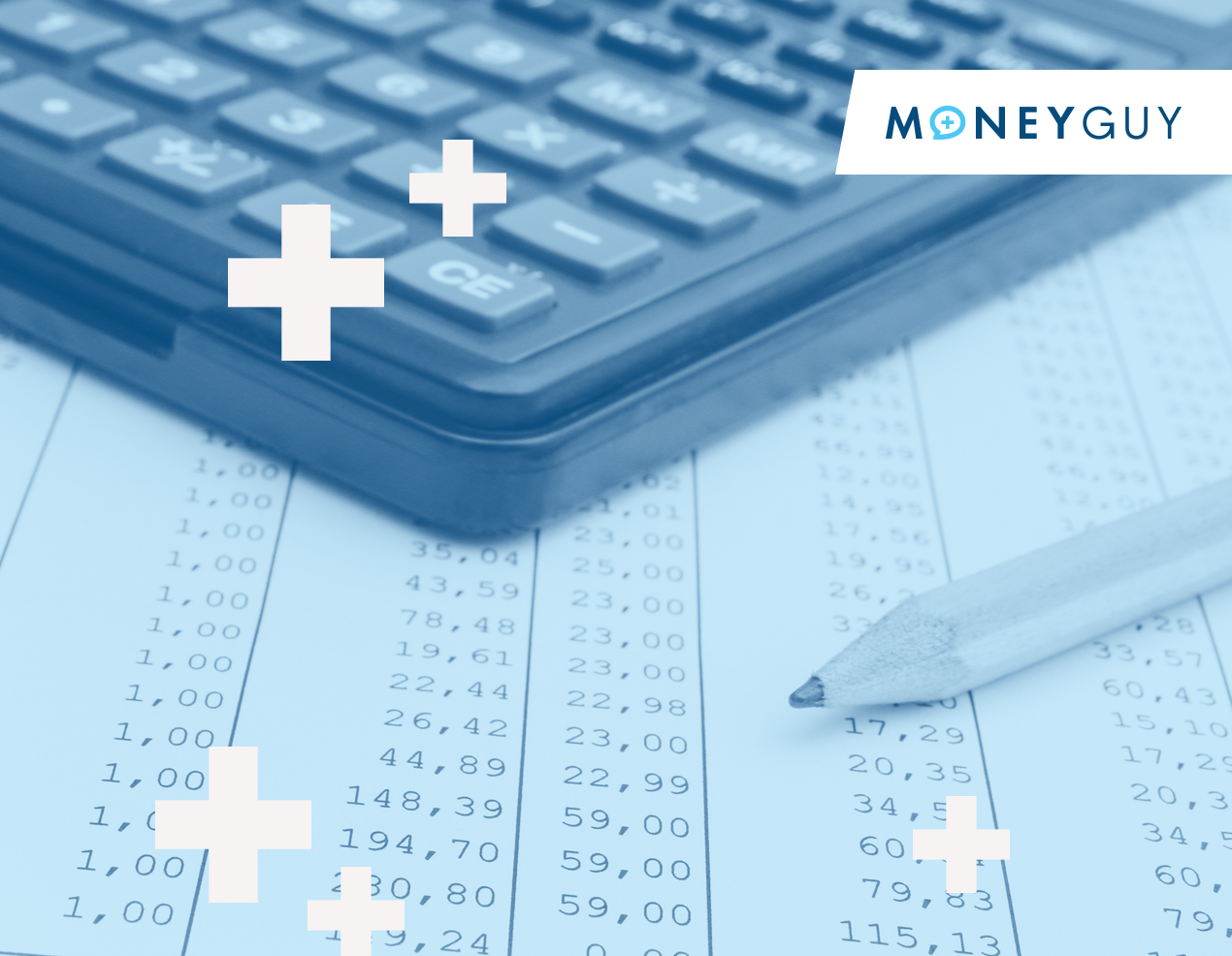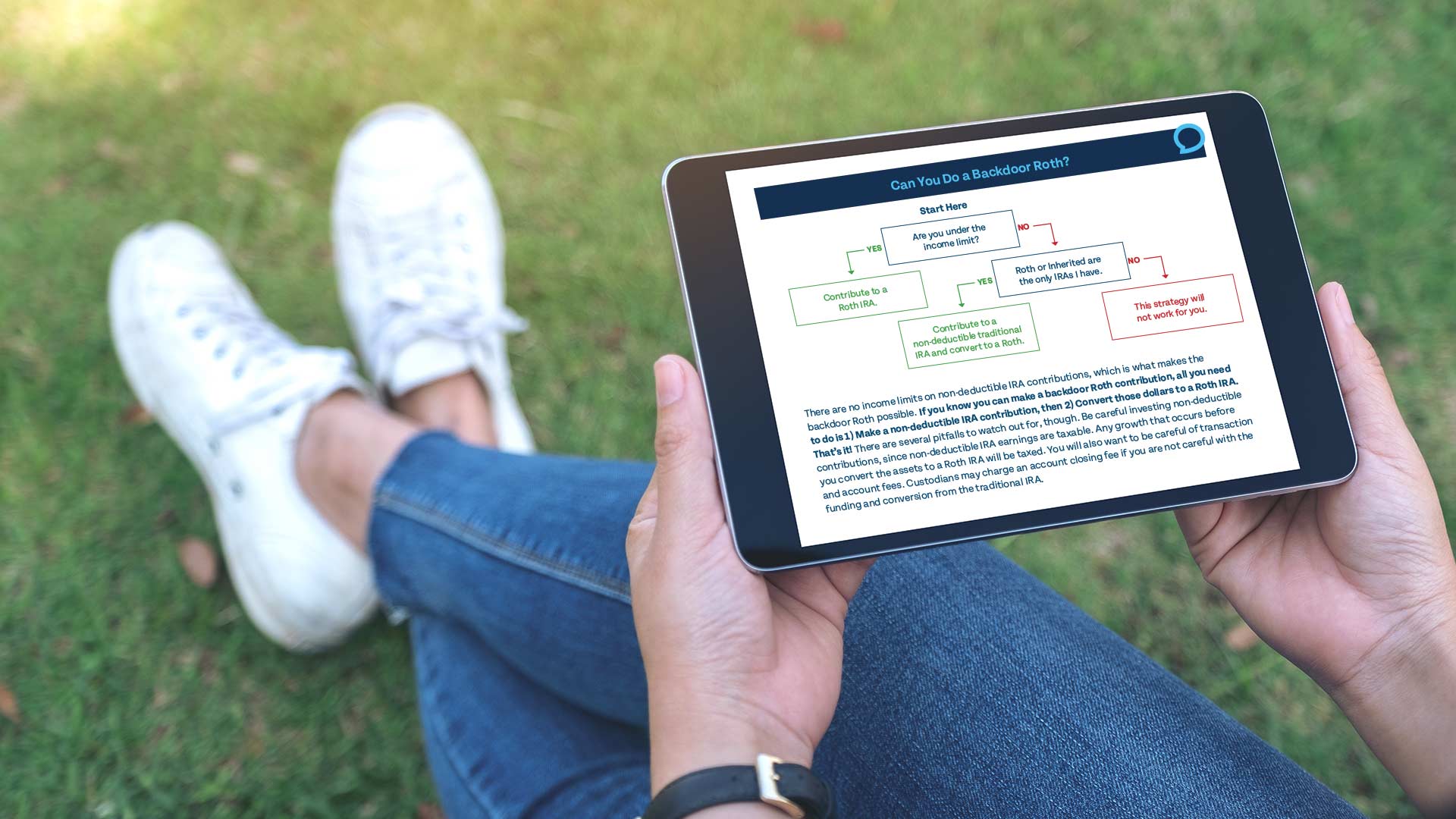
Change your life by
managing your money better.
Subscribe to our free weekly newsletter by entering your email address below.

Subscribe to our free weekly newsletter by entering your email address below.
Your 30s are a transformative decade. You’re likely:
Advancing in your career and income
Navigating major life events (marriage, kids, homeownership)
Making some of the biggest financial decisions of your life
Whether you feel ahead, behind, or unsure, the key is consistency. These milestones are meant to empower, not overwhelm you.
By your early 30s, aim to have investable net worth (not including home equity or cash) equal to 1x your gross annual income.
Why it matters:
Shows you’re building real wealth
Indicates you’re living below your means
Your investments are starting to grow on their own through compound interest
Having 3–6 months of expenses saved means:
You’re no longer reacting—you’re planning
You’re shielded from life’s curveballs (medical bills, job loss, car repairs)
Bonus: High-yield savings accounts are currently paying ~4%, so your cash isn’t sitting idle.
This very specific amount covers the max annual contributions for:
Roth IRA: $7,000/year ($583/month)
HSA: $4,300/year ($358/month) — if eligible
Why this matters:
Builds tax-free wealth
Can be automated via payroll deductions
Prepares you for medical and retirement expenses
But remember: saving into these accounts isn’t enough — you need to invest that money too.
Hitting this target, especially if it includes employer matches, shows:
Long-term discipline and commitment
Serious momentum toward financial independence
That you’re prioritizing future freedom over present spending
If you’re already close (say, through the $941/month plus a match), you’re more on track than you think.
This is the end-of-decade goal. It’s the natural result of:
Starting with 1x income in your early 30s
Saving 25% of income
Earning a reasonable return (say 9%)
Example:
Start at $0 at age 30
Save $941/month
Earn 9% annually
Net worth = $150,000+ by age 40
→ That’s 3x a $50,000 income!
This isn’t a dollar amount — it’s a protective mindset:
Your moat might include:
Life insurance (if others depend on you)
Estate plan (will, beneficiaries)
Updated emergency fund
Avoiding lifestyle inflation
The goal: protect everything you’re building — because life will throw surprises your way.
You don’t need to be perfect. Just consistently:
Live below your means
Save and invest intentionally
Protect what you’re building
Every day counts — and the habits you build now will set you up for financial freedom later.
Subscribe on these platforms or wherever you listen to podcasts! Turn on notifications to keep up with our new content, including:
Your 30s are a transformative decade, and I am so excited to talk about it because you’re likely leveling up in your career and your income. You’re tackling major life events like marriage, having children, or maybe buying a home, and you’re facing some of life’s biggest financial decisions. I know this all too well being in my late 30s.
Knowing all that, you may be asking yourself: are you financially where you need to be? Are you doing everything that you need to be doing? The financial habits and decisions you establish set the foundation for lifelong stability and wealth. It might feel daunting, but don’t worry. We’ve broken down some achievable financial milestones to help guide you through this critical decade and the reasons behind them—including why you should be saving $941 a month (more on that in a moment).
Everyone’s journey will look different. These milestones are designed to empower and motivate you, not to stress you out. You might be ahead, right on schedule, or maybe a bit behind—and that’s totally fine. What truly matters is your consistent commitment to wise financial choices. And one consistently wise choice: smashing that like button.
The first milestone will likely not be the first one you hit—these aren’t strictly in chronological order—but it is crucial when you’re doing a health check. Entering your 30s with an investable net worth equivalent to one times your annual gross income puts you on solid ground. Again, that’s investable, so it excludes cash or home equity or other illiquid assets. We’re just talking about your investments.
Why does this milestone matter? Well, having a net worth equal to your annual income by your early 30s shows that you are now beginning to build real wealth—not just living paycheck to paycheck. You’re living below your means and you’ve likely been doing that for a while. This milestone is especially significant because it often marks the point where compound interest starts really working for you and becoming noticeable in your portfolio. You’re not just doing the heavy lifting anymore—your investments are doing the heavy lifting with you.
Crossing this milestone is an awesome first step for anyone starting out in their wealth-building journey, and if you can hit this as you enter into your 30s—or at least during your early 30s—you’re likely setting yourself up for huge success.
Next up is having a fully funded emergency fund. This one is a really crucial step because it represents a very important shift that a lot of Americans never experience in their financial lives. Having a fully funded emergency fund means you’ve moved from reactive to proactive financial behavior.
Specifically in reference to your 30s, it’s important to revisit your emergency fund. If your family has grown, if you’ve purchased a home, or if you’ve had other life changes, maybe your six-month figure is outdated—or maybe you might need to increase from, say, 3 months to 6 months, and so on. It’s essential to be proactive and bolster your emergency fund as necessary so you’re prepared when—not if—things go sideways. Because when you’re in your 30s, things always go sideways. The world is literally testing our sanity in the messy middle. Sounds like someone’s having a bad day.
The cool thing right now, though, is that cash is paying 3, 4, even 4.5% in high-yield savings accounts, so it’s not like your cash is just sitting there doing nothing. With that said, though, we want you to move beyond having just the emergency fund as quickly as possible, because we really want your dollars to start working even harder than you do.
We touched on this next milestone earlier—and it’s saving $941 a month. Now, I know it might sound like we pulled this number out of a hat, but I assure you there’s a very good reason for it. This amount lets you max out both a Roth IRA and a Health Savings Account, assuming that you’re single and HSA-eligible. The standard contribution limits on those accounts for single individuals are $7,000 for Roth IRAs and $4,300 for HSAs. Those come out to $583 a month and $358 a month. If you add them together, you get $941 a month.
Combining these two accounts helps you build significant tax-free wealth, and this greatly enhances your long-term financial health. Now, while challenging, consistently hitting these savings targets really accelerates your financial independence journey. And later on, we’re going to show you how it can accelerate your journey to the last milestone that we’re going to talk about.
So you can automate this—where it happens automatically out of your bank account each pay period—or, if your employer allows it, you can actually do salary deferrals into both these accounts. This allows you to take the guesswork out of building your wealth. But don’t forget: you have to invest the dollars. Just saving them in these accounts is only the first part of the equation.
Then, going beyond that $941 a month, you want to level up your saving. This is crucial because it shows you’re going beyond just checking the boxes of maxing out a Roth and maxing out an HSA. The next milestone: saving 25% of your gross income.
The discipline to consistently save a quarter of your income demonstrates that you’re committed to building long-term wealth and prioritizing your future financial security over short-term gratification. There’s even a chance that—especially if you add an employer match on top of that $941—you may be pretty close to 25% already depending on where your income is, meaning that you might be closer than you think to hitting this milestone. Either way, bumping up your saving behavior by that next 1%, or 5%, or 10%, whatever it is, represents you going that extra mile for your future self.
Americans in general are choosing to start saving later and later, with the average starting age for saving now being right around 33 years old. So saving 25% might feel like a wild piece of advice, but it can give you a more flexible and more abundant life for years to come. By just doing the hard work now instead of later, you get to choose your hard: today or hard tomorrow.
And in theory, if you’re able to do all of that—from saving aggressively to avoiding lifestyle inflation—you’ll find yourself crossing this third milestone, which is by the end of your 30s having three times your annual gross income invested. And this isn’t just an arbitrary number. It represents consistent saving and investing over years, if not decades.
We opened the 30s with having one time your income invested as sort of our starting line, and this represents the finish line for your 30s. Reaching three times your annual income by the end of your 30s will likely set your dollars up to start growing very aggressively in your 40s, 50s, and beyond.
Now, I know hearing “three times your income” might sound daunting initially—but let’s break it down. Even if you started at zero at age 30 and you had a $50,000-a-year income—and assuming you didn’t get any employer matches and you have no raises—if you could just save that $941 a month (the Roth IRA plus the HSA) and you could earn 9% on those investments, that could realistically lead you to over $150,000 by 40. Remember, this is starting at 30 and going to 40. If you have $150,000, that is literally three times that $50,000 income.
And what’s really cool is that’s only a savings rate of about 22.5%. If you can actually get to 25%—no matter where your salary is—you’re going to pass that marker by the end of the decade, or maybe even sooner. And that’s starting from zero. If you’ve already started investing—if you did any work in your 20s—you’re even further ahead. But if you haven’t started, let this motivate you to start immediately. Every day counts.
The last milestone is you want to make sure that you have built your moat. Now, not literally a milestone that you hit, but this is something you get to check off. It’s more of a mindset shift that becomes important in this decade.
Warren Buffett popularized this concept of the moat when he’s talking about looking at a company’s competitive advantage over others in its industry. But in personal finance, the moat is your competitive advantage against other peers who aren’t paying attention to the things that can derail their financial life.
Like we covered before, an emergency fund is a great start—it protects you in the immediate sense. And again, like we said at the beginning of this video, your 30s are when your financial life—and generally your life altogether—expand a great deal. It’s when most folks are buying homes, growing their families, and beginning to approach their highest earning years. So it’s important to make sure that those who depend on you are taken care of.
But everyone’s moat will look a little different. Life insurance, for example, becomes vital if other people depend on your income. But if you’re single with no dependents? Maybe not so much. You should evaluate your coverage regularly to ensure it’s adequate for you and your family’s needs.
Equally important is estate planning. Shockingly, 54% of American adults do not have a will in place. Make sure that you are not in this statistic. And again, revisit your emergency fund periodically, adjusting for increased living expenses or responsibilities as your life evolves.
All right guys, that’s it for this one. Be sure to leave a like, subscribe if you haven’t already, and we’ll see you in the next one.


Net Worth Template
It’s our favorite time of year: time to complete your annual net worth statement!
View Resource
New Child Checklist
Planning for a new child is so exciting! But as parents, we know it can also start to feel overwhelming.…
View Resource
Net Worth by Age (Compared to Peers)
We did the math. How are you doing relative to your peers? Discover what your Net Worth should be by…
View Resource


How about more sense and more money?
Check for blindspots and shift into the financial fast-lane. Join a community of like minded Financial Mutants as we accelerate our wealth building process and have fun while doing it.




It's like finding some change in the couch cushions.
Watch or listen every week to learn and apply financial strategies to grow your wealth and live your best life.
Subscribe to our free weekly newsletter by entering your email address below.